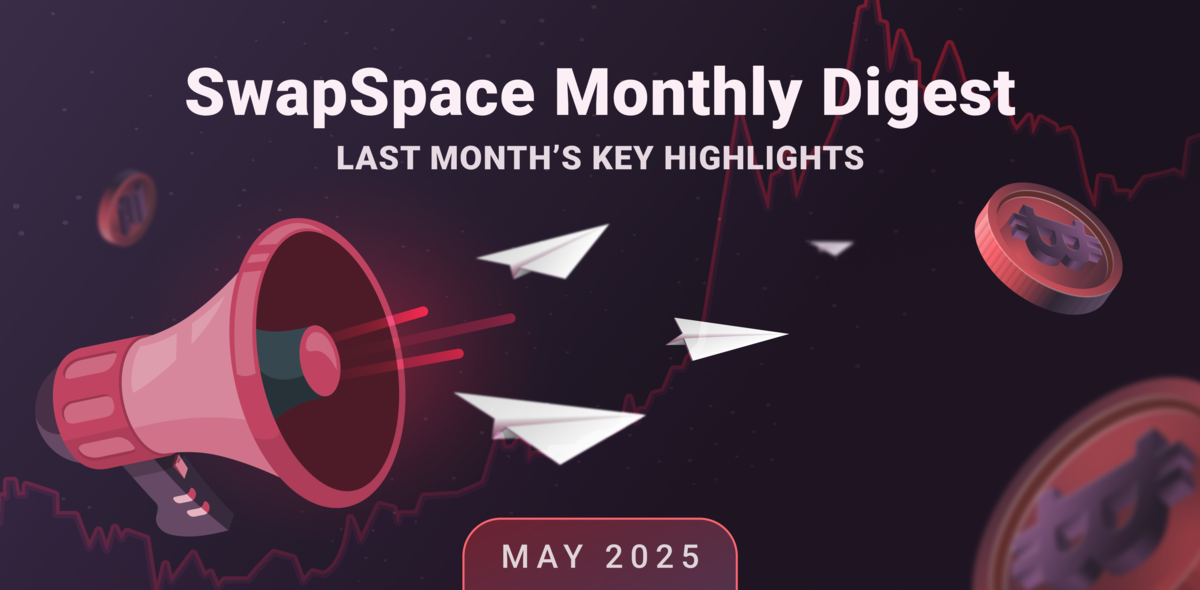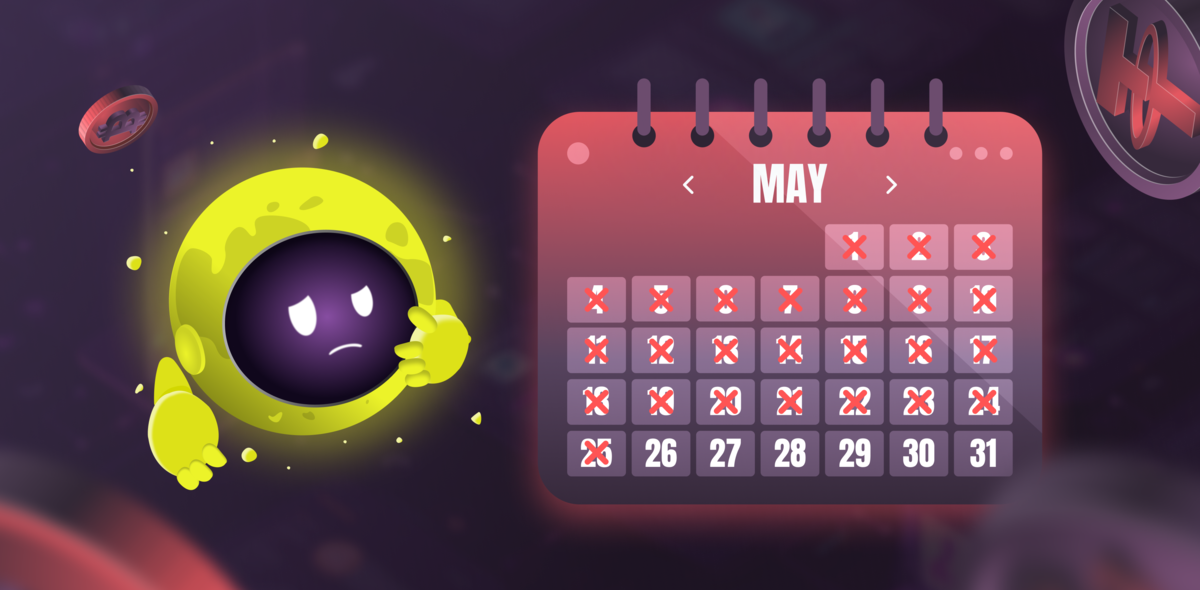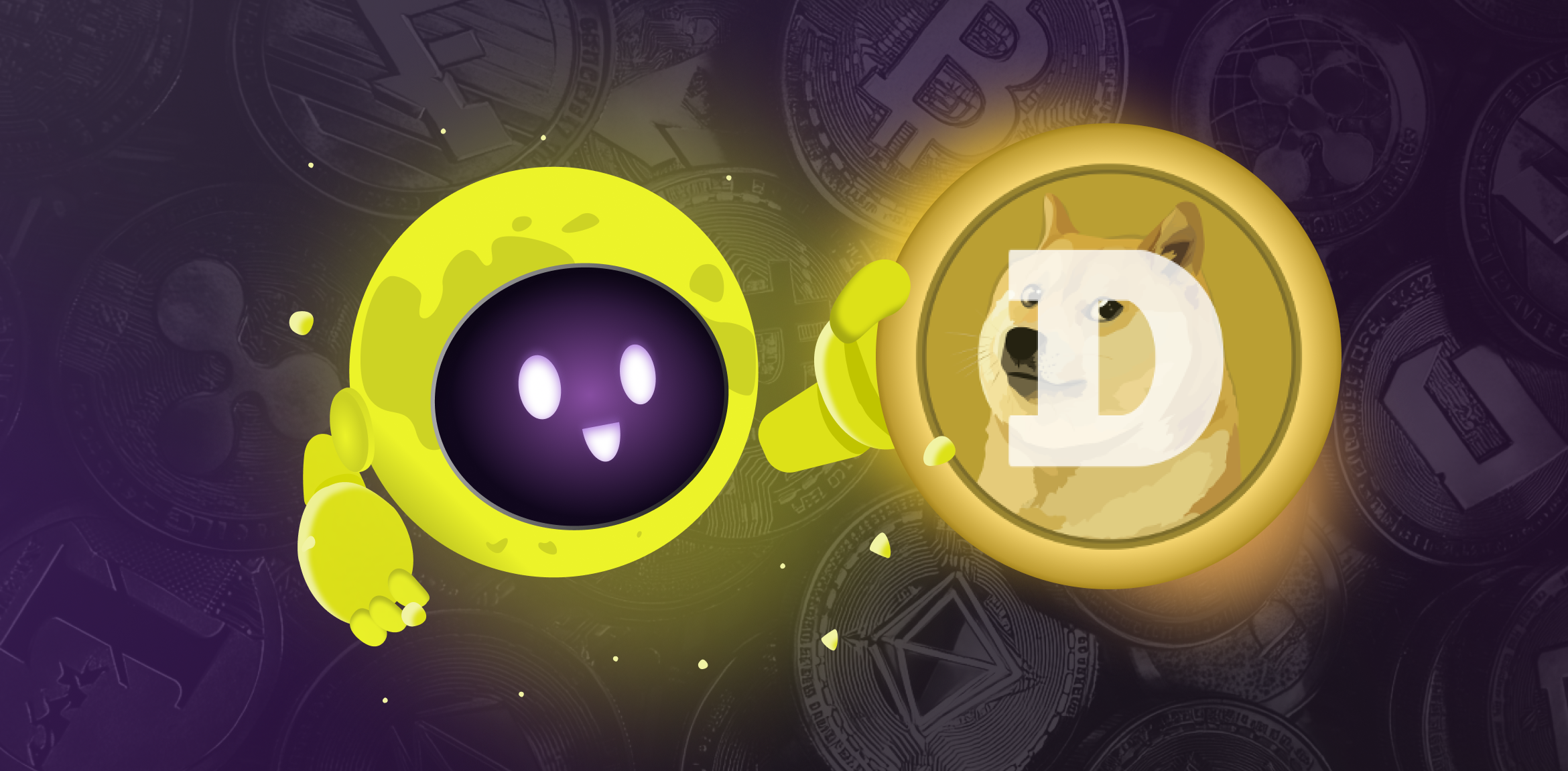
Since its inception in the 1990s, the Internet has progressed significantly. Despite being almost 30 years old, the global information network is already encompassed by historical milestones and epochs. The technologies that the current Web is based on undergo constant changes and evolution, and the third stage of the Internet, almost tangible in nature, is already visible - the era of Web 3.0.
How will Web 3.0 impact humanity?
An example of China's electronic system of social evaluation, reminiscent of Orwell's "1984," illustrates this trend. Perhaps the Web 3.0 era offers a reprieve from the increasing government control that permeates human society. In response, a thoughtful society presents a spontaneous and unyielding reclamation of freedom.
What is Web 3.0
Web 3.0 is a platform for exchanging information where individuals' data are exclusively owned by them, rather than global corporations that presently dispose of it without consultation. The new Internet will not feature intrusive advertising; any content that individuals choose to view will be purely for self-gain and on their own. In this new world, it will be arduous to abuse power and official positions, as all official communication channels operate transparently and function according to a single algorithm.
The Difference Between Web 2 and Web 3
Web 2
- Community development and interaction are the focus.
- Social media can censor accounts.
- The network has control over data.
- Users can contribute content by adding review and comment features to web pages.
- Web 2.0 is primarily about read and write-level interactions.
- Web 2.0 wants to connect people.
- Web 2.0 applications include two-way websites, video websites, podcasts, and individual blogs.
Web 3
- Decentralization, semantic learning, and giving more control to users are the focus.
- There can be no form of censoring due to decentralization.
- Users have control over data.
- Users can create content using blockchain technology, cryptocurrencies, and NFTs.
- Web 3.0 encourages participation so that users can fully immerse themselves in online content.
- Web 3.0 wants to connect knowledge.
- Web 3.0 applications include integrated gaming, 3D portals, and multi-user virtual environments.
Web 2.0, an improvement over Web 1.0, introduces dynamic features, such as blogs, wikis, and social media platforms. It allows users to interact with websites and contribute content. On the other hand, Web 3.0 is an upgrade to Web 2.0, and it aims to give users more control over their data and activities on the Internet. It uses blockchain technology, cryptocurrencies, and NFTs to create a decentralized web. Web 3.0 encourages participation so that users can fully immerse themselves in online content and connect knowledge.
Job Market and Opportunities
The market for Web3 professionals is expanding rapidly, and there are various job opportunities within this field. The most lucrative Web3 jobs are engineering, product management, and marketing. Web3 employment offers flexibility in transitioning from one's current technology job. A LinkedIn report states that Web3 job postings increased by 286% in 2022. However, 2023 offers a quite rare opportunity to access talents relatively easily.
Nevertheless, according to a market research report, the Blockchain market size is expected to increase, expanding at a CAGR of 68% until 2027.
Vacancies on Web 3.0 are similar to those found in other companies. Every project requires copywriters, translators, technical support specialists, community managers, content marketers, and designers. Developers, smart contractors, auditors, backenders, and researchers earn higher salaries.
Salaries vary based on the relationship between work and developmental duties. Skilled workers impact salary amounts, ranging from junior to top developers.
Salaries earned by developers in various programming languages vary. Rust developers receive the highest average salary per annum, amounting to $120,000 with a range of $70,000 to $280,000.
Conversely, Java developers earn the least, with an average annual salary of $67,000, and a minimum and maximum of $35,000 and $260,000, respectively.
Web3 reshapes the employment landscape, giving people the opportunity to become part of a borderless and autonomous workforce. This has the potential to reshape the way we think about work, fostering a more inclusive, efficient, and rewarding global workforce. The future of this work lies in the hands of Web3 pioneers. As technology matures and adoption grows, even greater integration between cryptocurrencies, smart contracts, and employment can be expected.
How to Get a Job in Web 3.0
Web3 careers market includes developer roles (Blockchain, Smart contract, Web3 front-end, DApp developers), technical, design, and business roles.
To become a Web3 professional, you need to have skills and qualifications in programming, data analysis, cybersecurity, and so on. You also need to learn a lot about complex concepts and new technologies, such as smart contracts, NFTs, and metaverse. The fundamental skills required for entry-level jobs in Web3 include blockchain basics, Ethereum, solidity, writing smart contracts, and front-end Web development. Communication, collaboration, and creativity are also vital soft skills for success in Web3 jobs.
Bright Future of Web 3.0 Job Market
The widespread adoption of cryptocurrencies is a clear indication that we are in the midst of a transition to a new era of the internet. Cryptocurrencies have gained a foothold in diverse regions, including Russia, Europe, the US, Asia, and developing nations, where the majority of people lack access to traditional banking services. These digital assets enable innovative forms of crowdfunding, whereby nonprofessional investors can finance projects directly through electronic tokens. Despite government warnings and a general lack of public understanding of the workings of cryptocurrencies, their increased use in the financial sector exemplifies the concept of embodied freedom. However, their unpredictable nature and the market's wild volatility present significant challenges.
The concept of independence and the underlying blockchain technology position the new currency as a critical substitute for the conventional banking system, which leads to excessive banknote issuance and frequent devaluation.
The growing popularity of the peer-to-peer economy further signifies an imminent shift to Web 3.0. Additionally, this economy lays the foundation of "uberisation," wherein the swift exchange and leasing of assets have emerged as one of the most lucrative business operations. Sharing services operate globally, enabling the rental of a diverse range of products from cars to umbrellas, promoting environmental sustainability, and serving all participants. This inexorable phenomenon continues to extend to increasingly wider areas of the economy.
Currently, electronic monetary assets are next. As with sharing books and films, currencies of any form can be exchanged, followed by electronic property rights.
In the age of approaching Web 3.0, an evident global transformation of economic relations is underway because of the Internet's active development and the emergence of poverty-monetary relations that rely on the exchange of electronic assets daily.
With the increasing number of new payment systems, the ownership of user assets is preserved with the aid of blockchain technology to eliminate state control. We recall banking crises during which millions of individuals were unable to withdraw their funds or saw their accounts devalued due to inflation. In addition, over two billion people lack complete access to banking products despite the growth of their economies in developing nations such as Venezuela, Africa, and certain countries in South and Latin America.
Summary
The development of novel financial products has enabled the global transfer of digitized assets, creating a new form of sharing. However, legal obstacles hinder this process and, even with KYC/AML procedures, digital assets lack official recognition in many regions. Despite this, the potential for growth in the Web 3.0 market is already apparent.
Any network operating on top of the SWIFT banking network is susceptible to political pressure from its own financial authorities. If access to these networks is denied, business can be destroyed almost instantly. Therefore, many large companies hesitate to participate in a new economy.
Once businesses recognize that a technological alternative to the outdated financial system exists and that a fertile economy is developing where this alternative can exist, we will witness significant changes in society, business, and culture. Presently, under the existing paradigm, many cutting-edge ideas and innovative solutions are held back because of anxiety over being excluded from the banking network, a period of groundbreaking advancements will arise, and Bitcoin is the route to that endpoint, while peer-to-peer markets construct the path.




